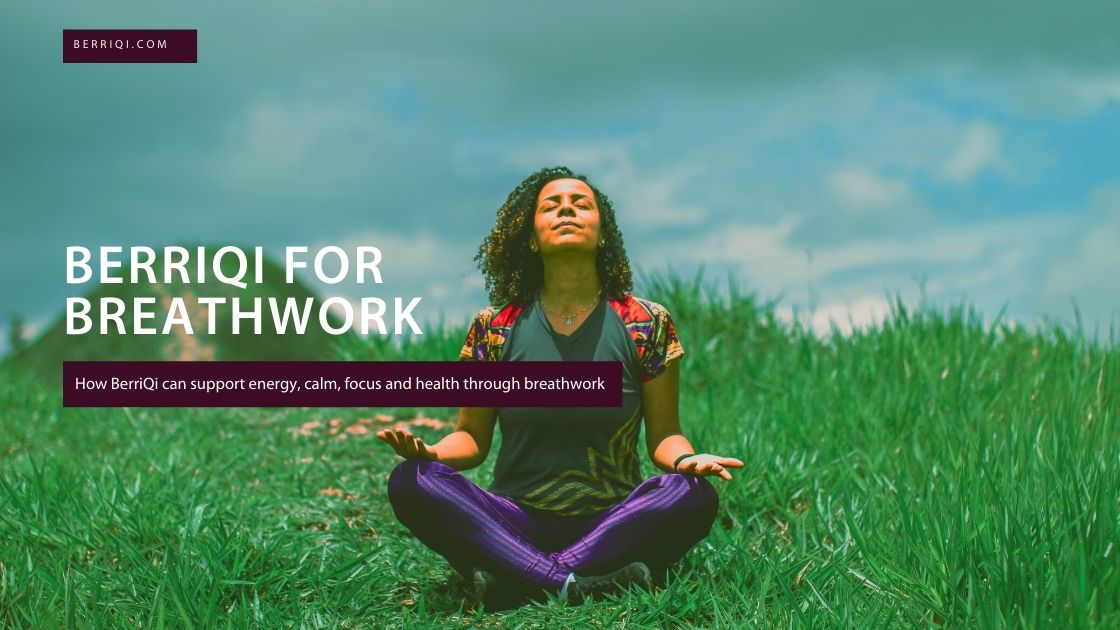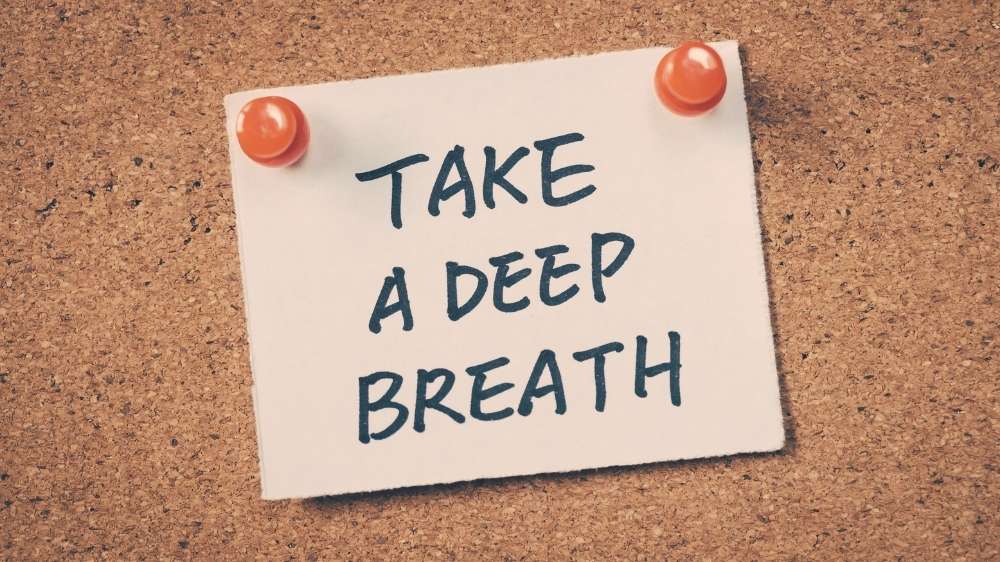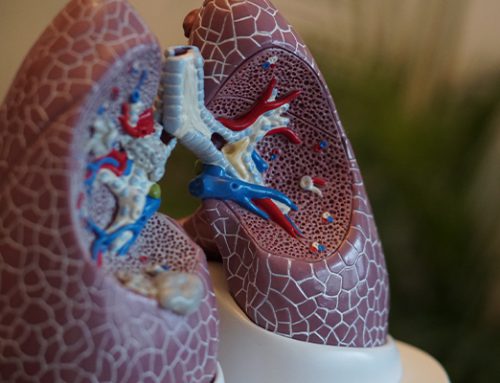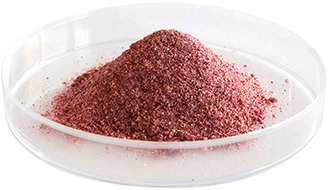How BerriQi can support energy, calm, focus and health through breathwork
What do a box, a crocodile, and a bubble have in common? Not much, other than they are all breathwork exercises!
Breathwork isn’t just for yogis, meditators, spiritual gangsters, and cold exposure enthusiasts. It is also becoming a mainstream technique for normal people to manage stress, improve focus, and enhance physical performance. As more resources become available on types of breathwork to practice, the science behind it has evolved as well.
Breathing is one of the few systems in the human body that can be consciously controlled as well as happening automatically, making it a powerful tool to influence internal and mental states.

The main purpose of breathing is to exchange gases between the blood stream and air across the interstitial membrane of the lungs. The concentrations of oxygen, carbon dioxide, and nitrogen in the blood stream are detected by chemoreceptors located in arteries (arterial chemoreceptors) as well as central chemoreceptors in the medulla oblongata in the brainstem, which contribute to feelings of CALM, STRESS, ALERT while influencing blood pressure and vasodilation.
At rest, the autonomic nervous system in the hypothalamus region of the brain regulates frequency and depth of breath to maintain a blood oxygen level of 75-100 mm Hg. Counter-intuitively, it’s actually the levels of carbon dioxide in the blood stream that have the greatest impact on our mental and emotional states: higher levels of blood carbon dioxide induce a state of calm (hypoventilation), whereas low levels of blood carbon dioxide create anxiety (hyperventilation).
If we consciously pay attention to our breath and increase the length, depth, and frequency of inhalation relative to exhalation we can create a HYPERVENTILATED state. Extreme athletes such as free divers leverage this technique and state to increase blood oxygen concentrations before spending minutes underwater. For the vast majority of people, this hyperventilated state creates feelings of anxiety, stress, and panic (characteristic of a panic attack), due to plummeting concentrations of carbon dioxide in the bloodstream. When used wisely it can help improve focus and alertness during the day.
To the other extreme, humans can intentionally induce a state of HYPOVENTILATION in which the concentration of blood carbon dioxide increases and blood oxygen decreases, which in the short term and at moderate levels lowers the heart rate and promotes feelings of CALM. However, if perpetuated or caused by a medical condition that limits the removal of carbon dioxide from the body hypoventilation can be dangerous, leading to low heart rate and cardiac arrest.

All of these inhales and exhales are produced by an incredibly clever muscle in the torso called the diaphragm, aided by the muscular control of the ribcage. Amazingly, a 10 cm movement of the diaphragm downwards (exercise intensity) creates sufficient negative pressure in the torso to expand the ~200-500 million small alveolar sacks at the ends of ~2,400 kms of highly branched airways in the lungs such that the surface area where gas is exchanged increases to roughly the size of a tennis court in a healthy adult male, holding ~6L of air.
These numbers aren’t set in stone though- through breathwork exercises the strength and control of the diaphragm can be increased, the stretchiness of the lungs can be improved, alveolar numbers (and therefore interstitial surface area) can increase, lung capacity can increase, and tolerance for greater variation of blood oxygen and carbon dioxide levels can expand.
Other important aspects of breathwork are where the air is entering, and which muscles are doing the work. Most breathwork exercises involve engaging the diaphragm as opposed to the ribcage, for a deeper breath, and indicate whether breath should be inhaled and exhaled through the nose or mouth.
Breathing through the nose rather than the mouth has several benefits, however. The most importance of which is that the nose and its many unruly hairs provides greater filtration of particulate and pathogens in the air, helping to deliver them to local immune structures (adenoids and tonsils) so that the body can develop antibodies before pathogens reach the highly susceptible lung tissue.
As is the case with all things healthy, practice is only part of the puzzle. Nutrition is increasingly recognised as playing an important part in lung health and counteracting some of the environmental stressors that humans are up against every day. For lungs, BerriQi has potent antioxidant and anti-inflammatory bioactivity which can prevent damage from occurring and reduce damage that has already occurred.
By reducing even low levels of inflammation in the lungs, more space is created for alveoli to open and exchange gasses. Additionally, the interstitial space can become tight and tense, decreasing the stretch of the lungs. BerriQi helps restore the stretchiness of lungs by improving the interstitial airway structure.

Fun facts:
Reptiles use positive pressure from their ribcages to exhale rather than negative pressure from a diaphragm muscle to inhale!
We sigh about twice every 5 minutes, even while sleeping, and that this subconscious autonomic action keeps us alive by opening alveoli that have collapsed during shallow breathing!






